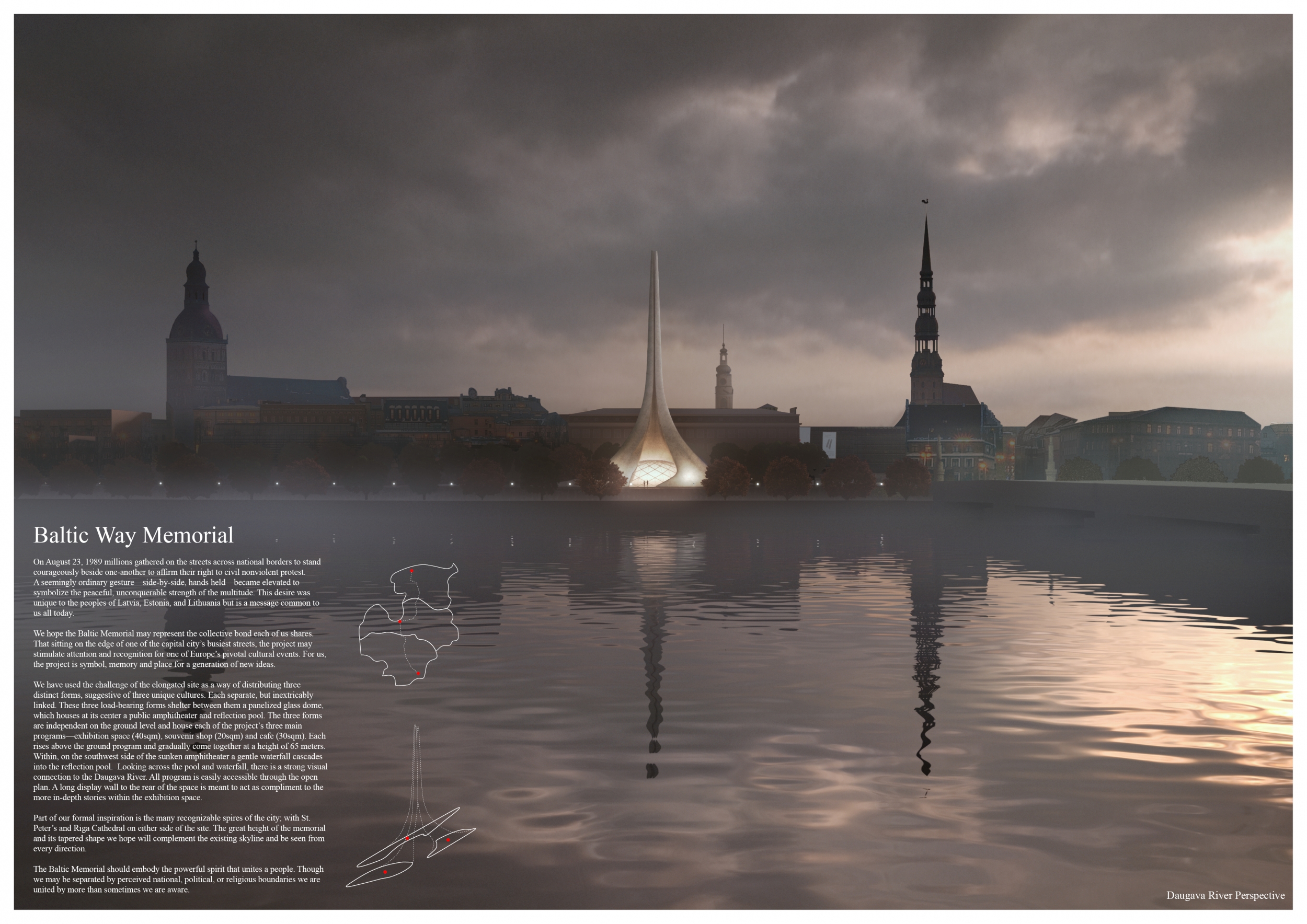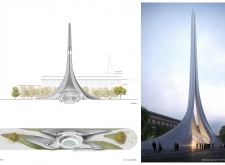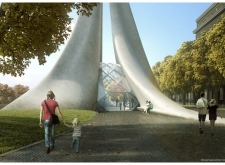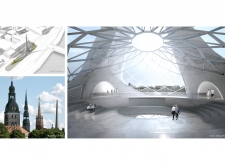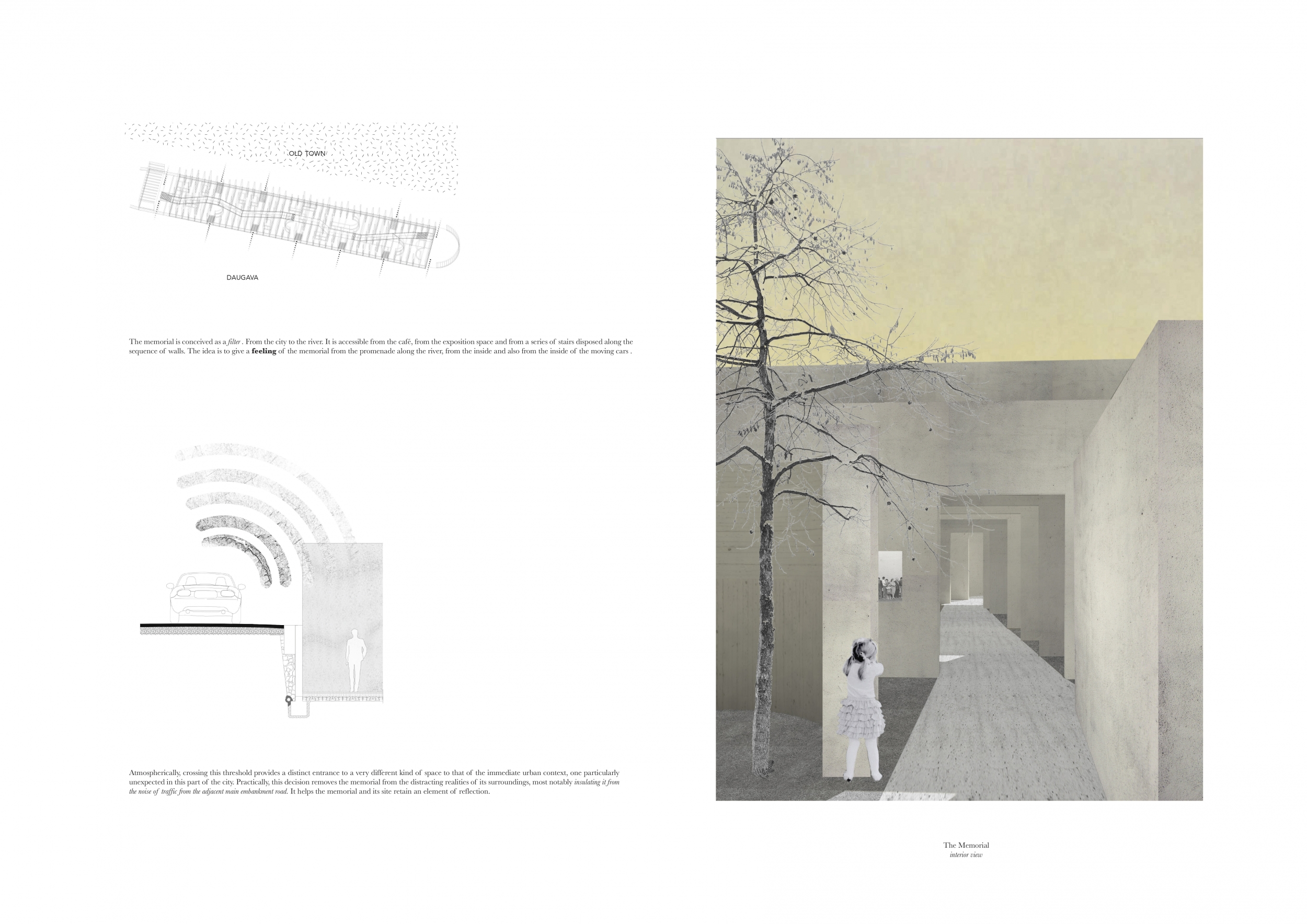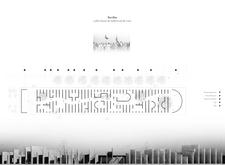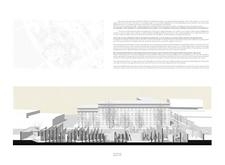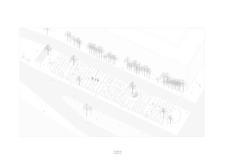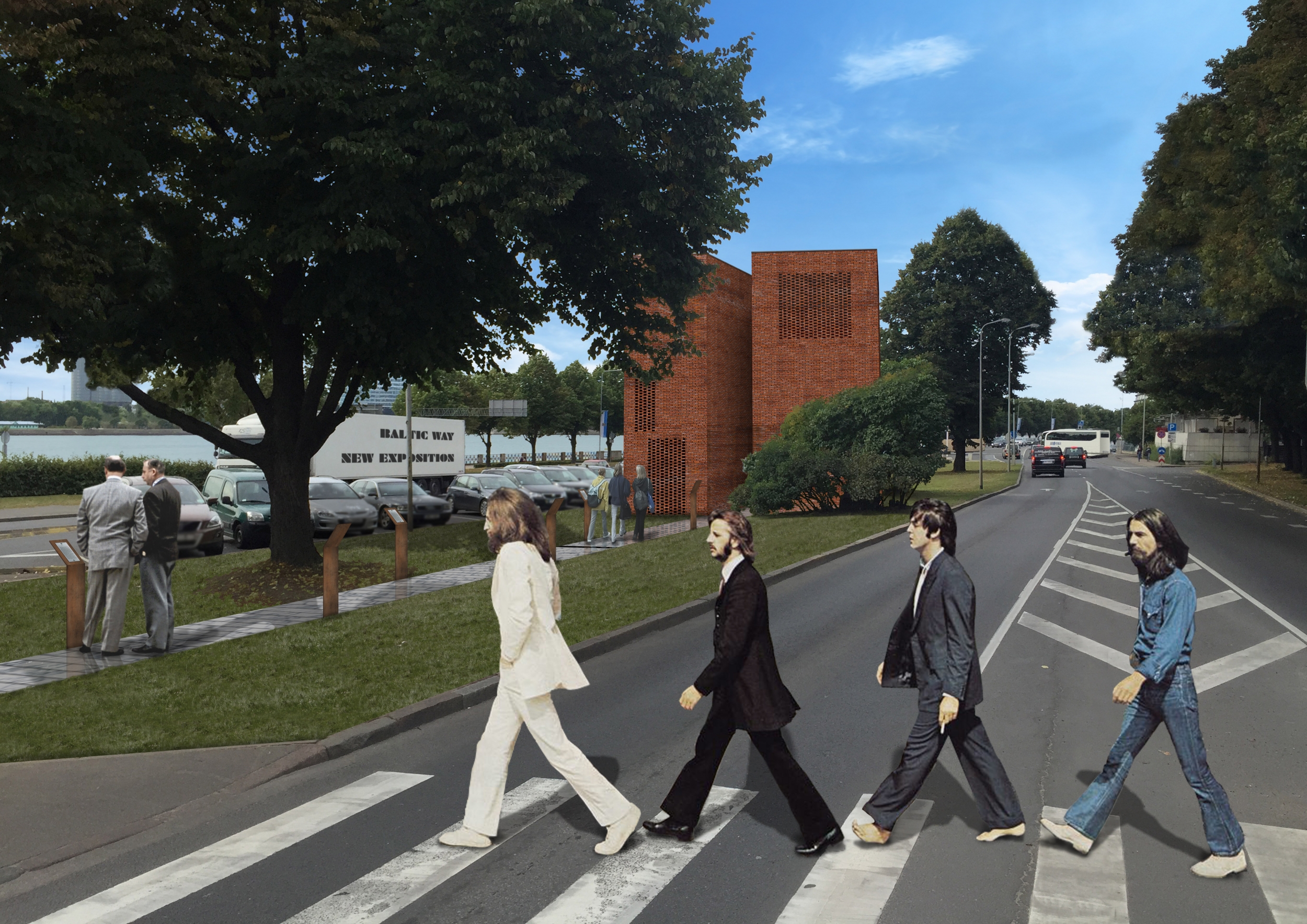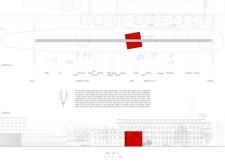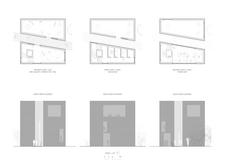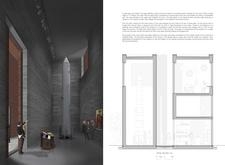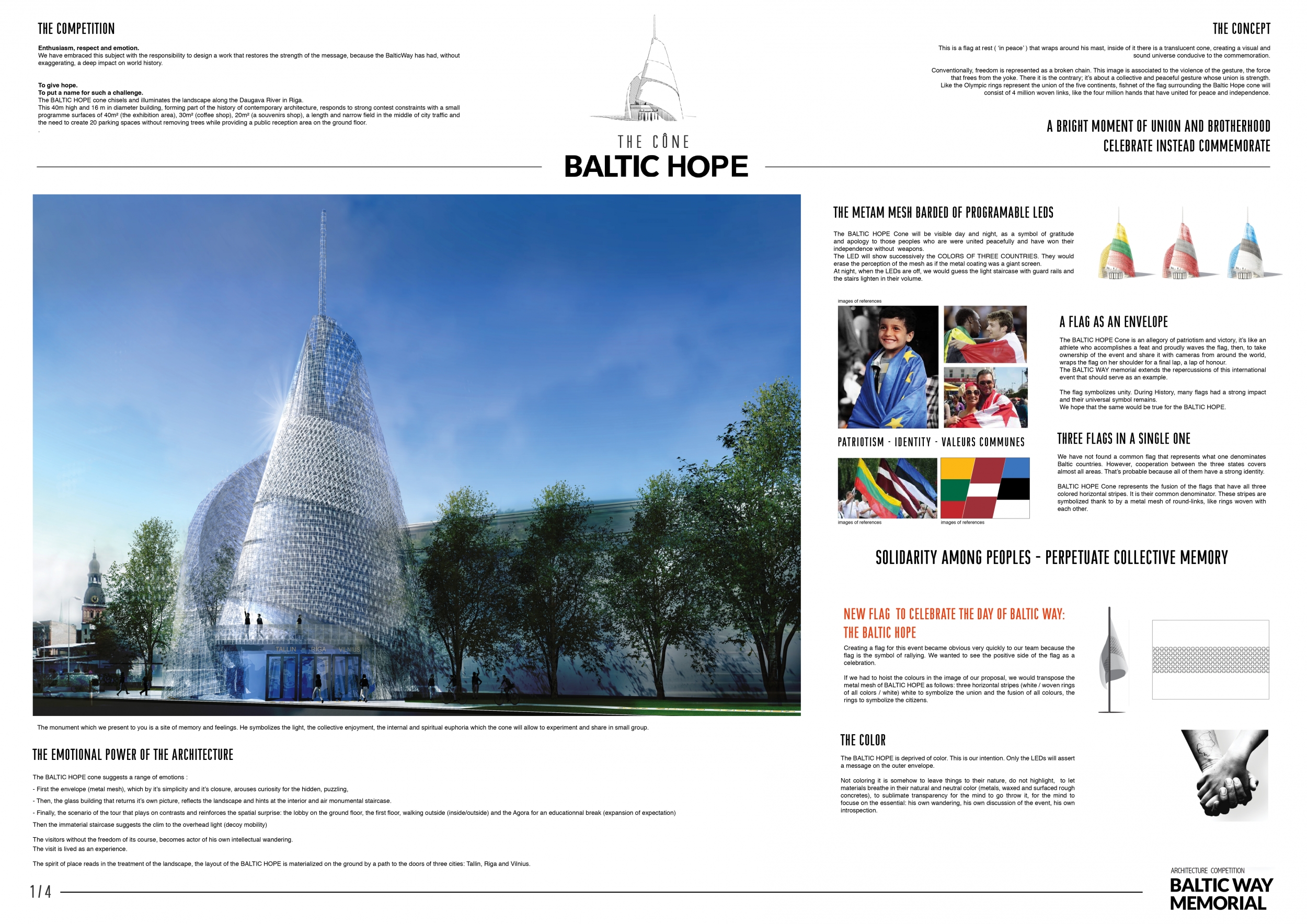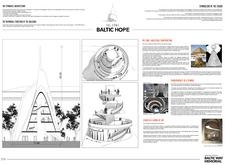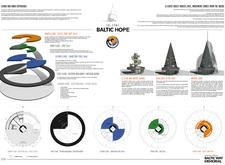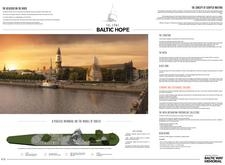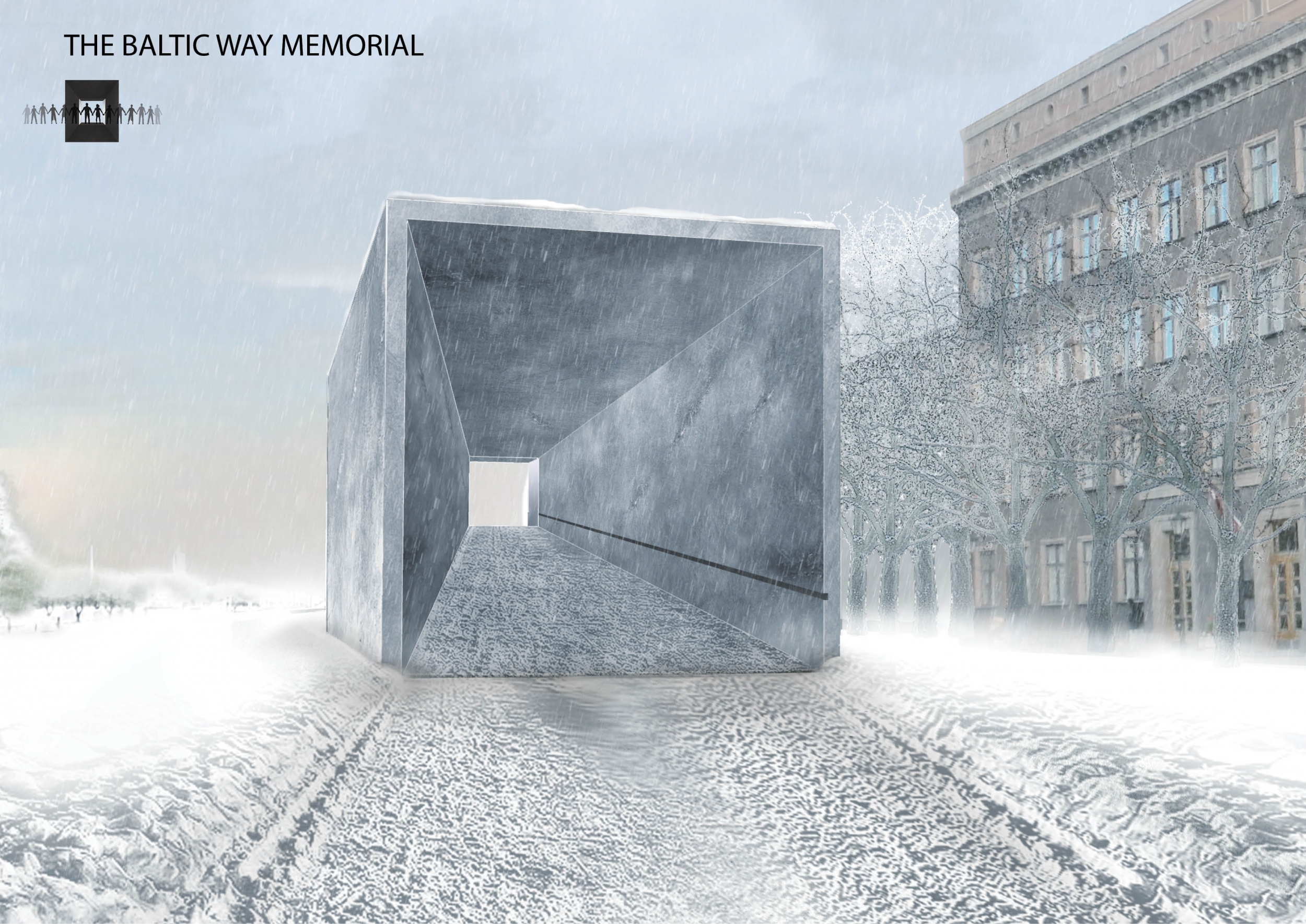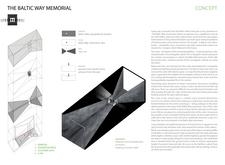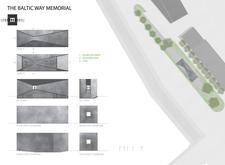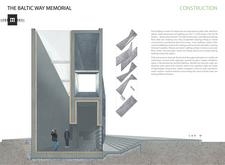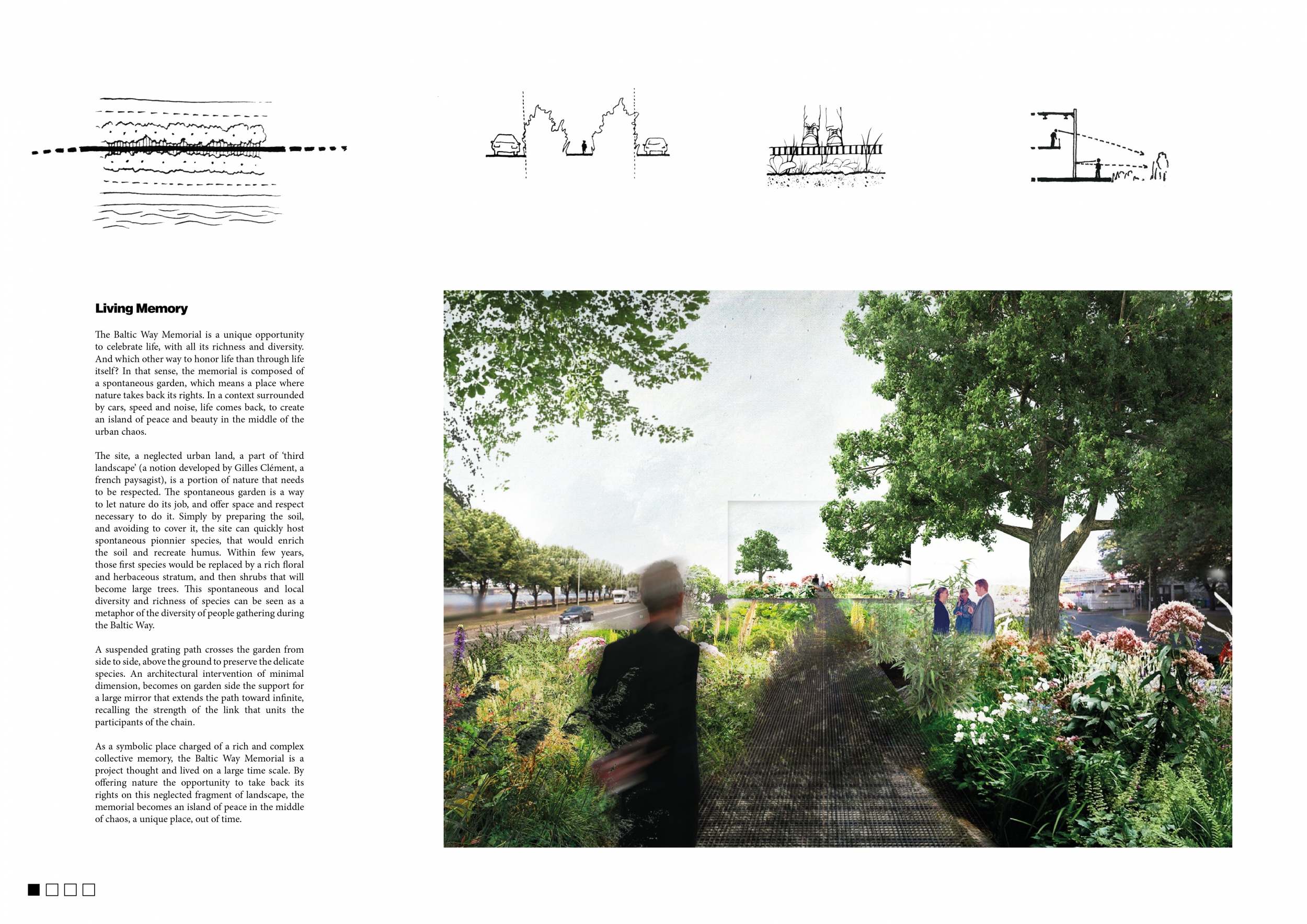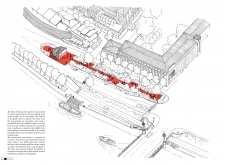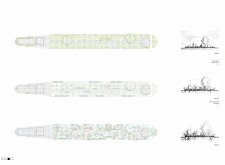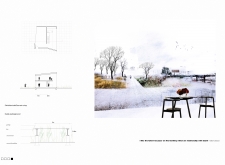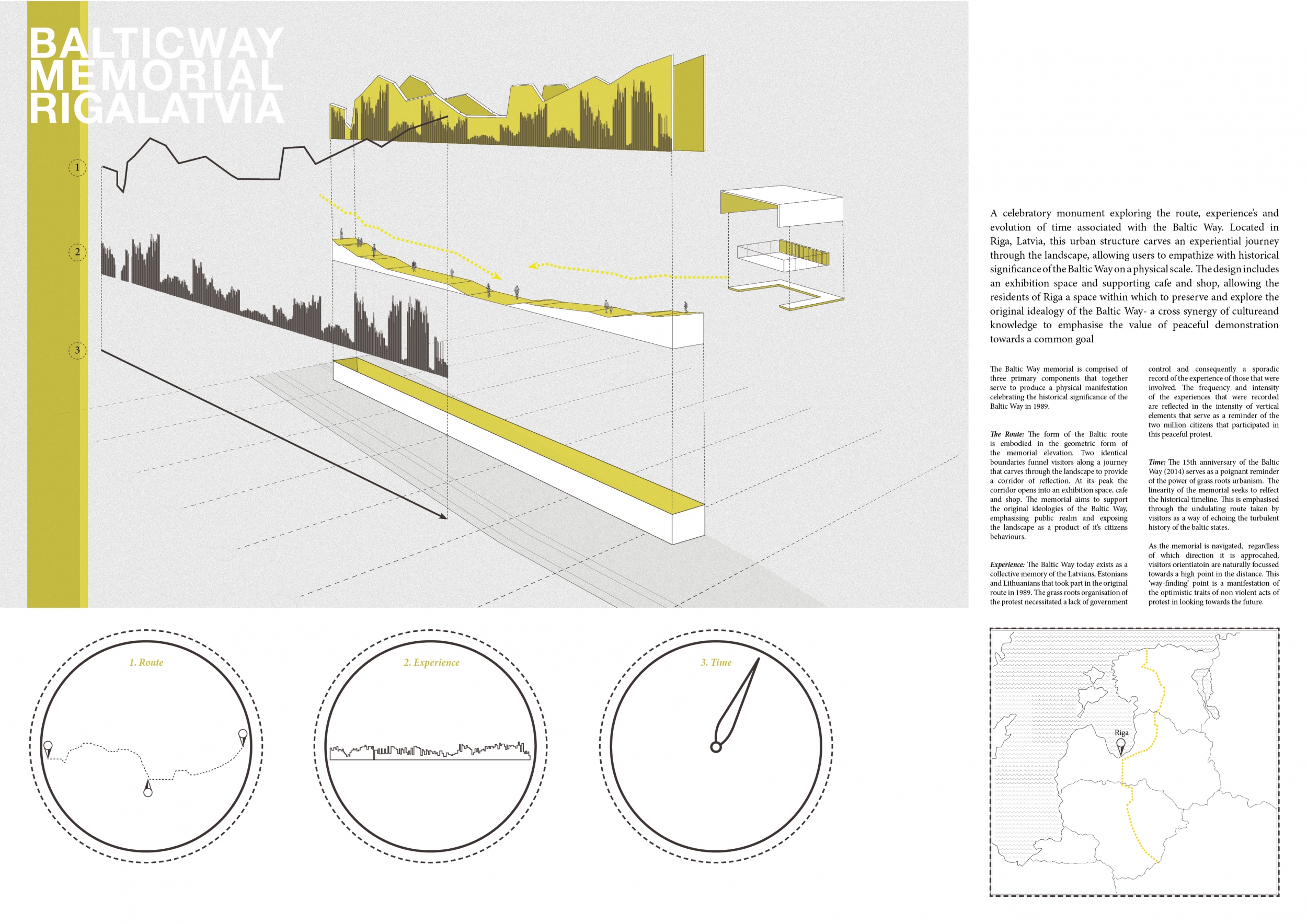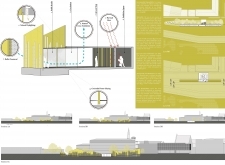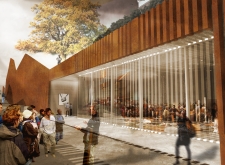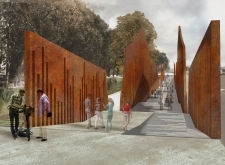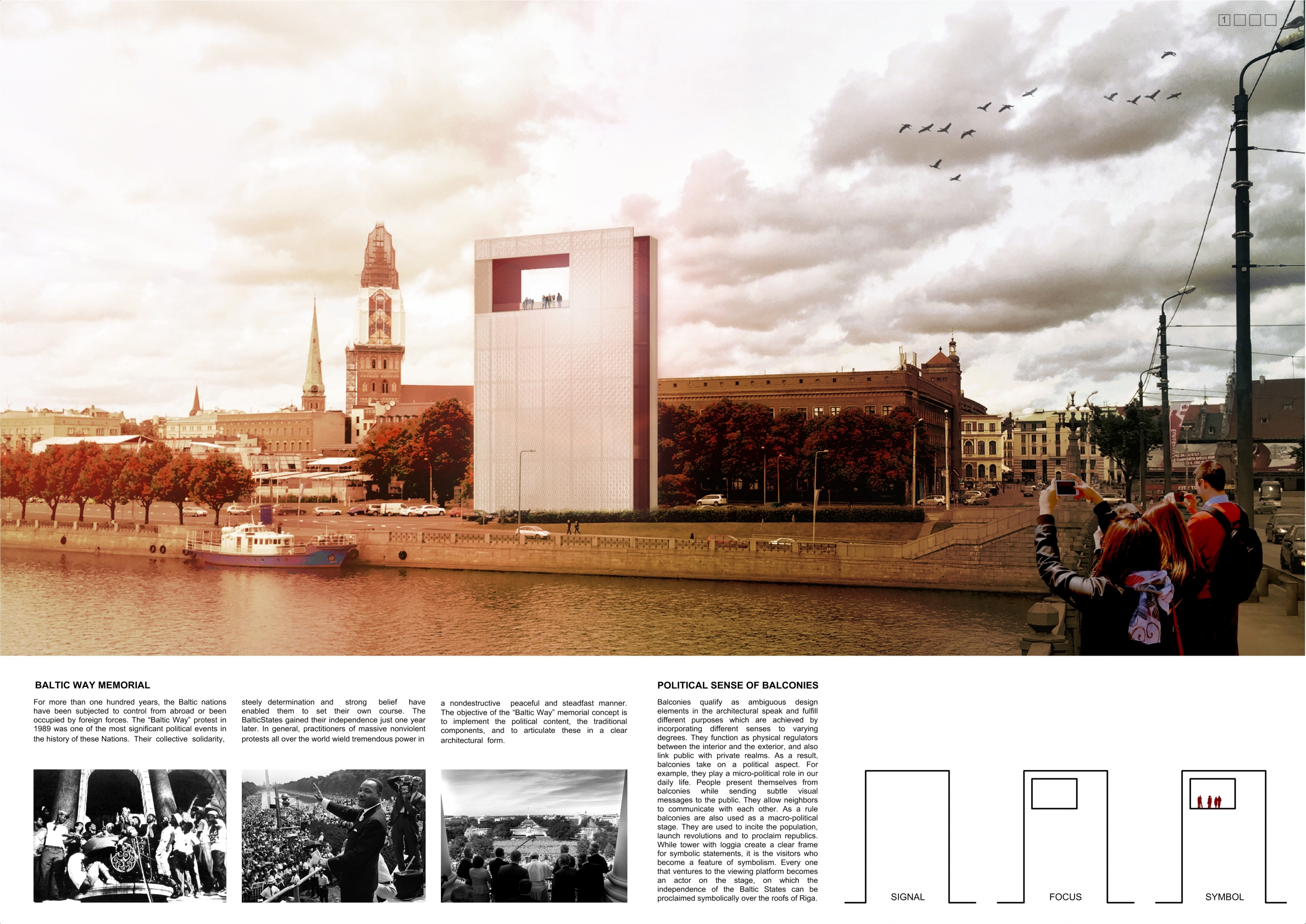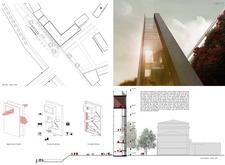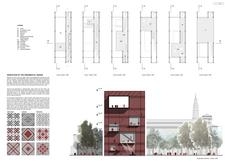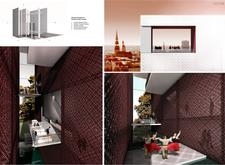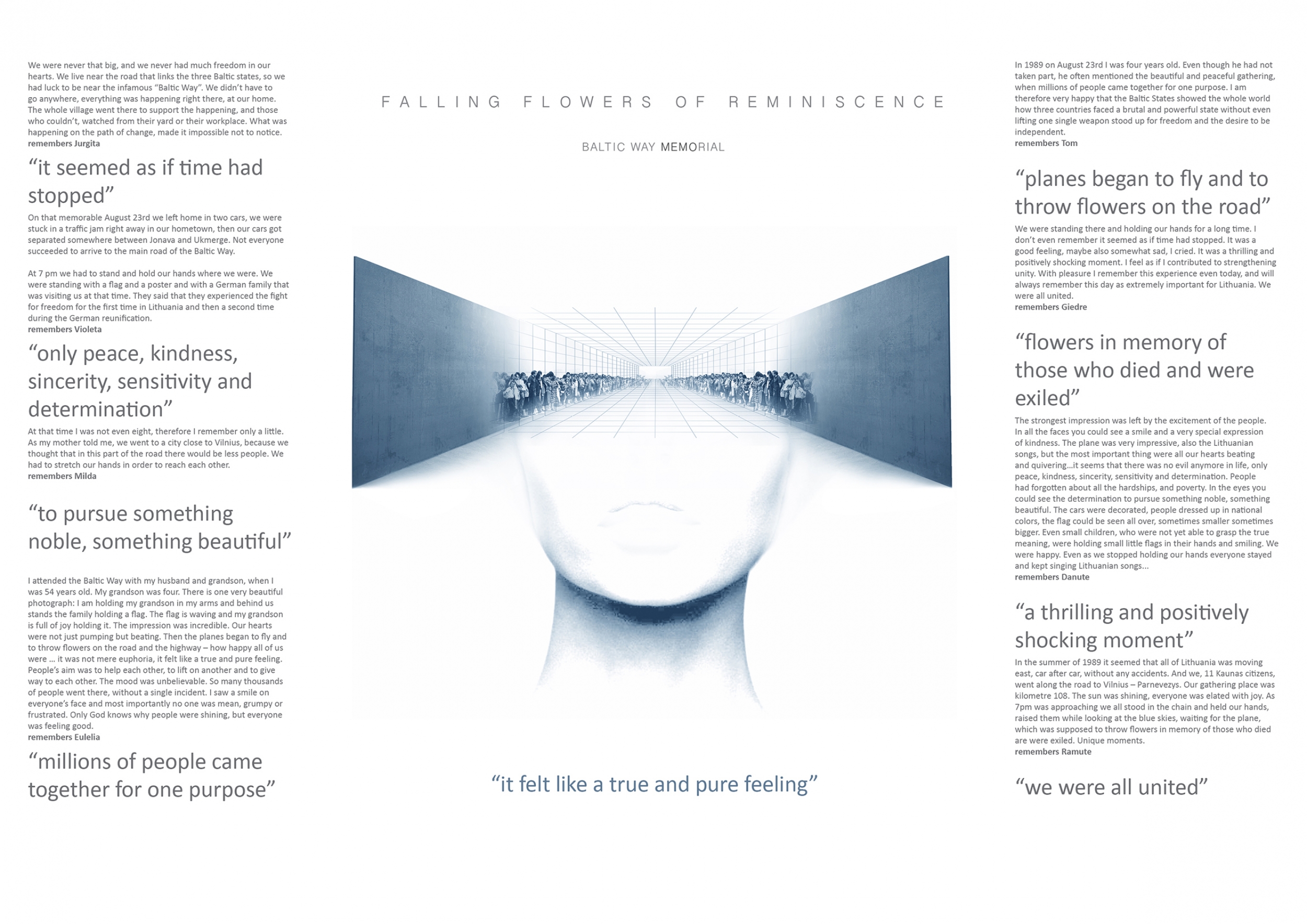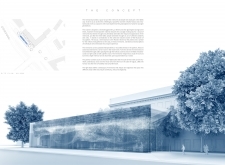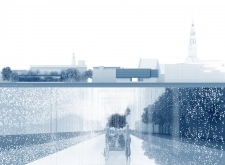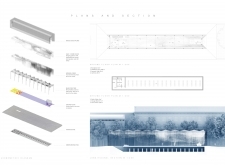Introduction
The Baltic Way Memorial competition is rich with cultural history and political potential. Despite the challenging subject, the simple program and small site offer a bite-sized piece of public didactic space in the center of Riga that serves to educate the public while encouraging public discourse on the subject. Since the topic of nonviolence is broad, the judges focused on entries that honored the dual nature of the subject, both drawing on both the seriousness of the topic and Baltic Way event while also illustrating a lightness and hope for the future.
Each entry was evaluated on a number of criteria, including but not limited to: strength and clarity of concept, originality, quality of presentation, appropriateness of scale, appropriateness to context, and most importantly, its strength as a public space in Riga to memorialize both the Baltic Way and other successful peaceful protests.
1st Prize Winner
Baltic Way Memorial
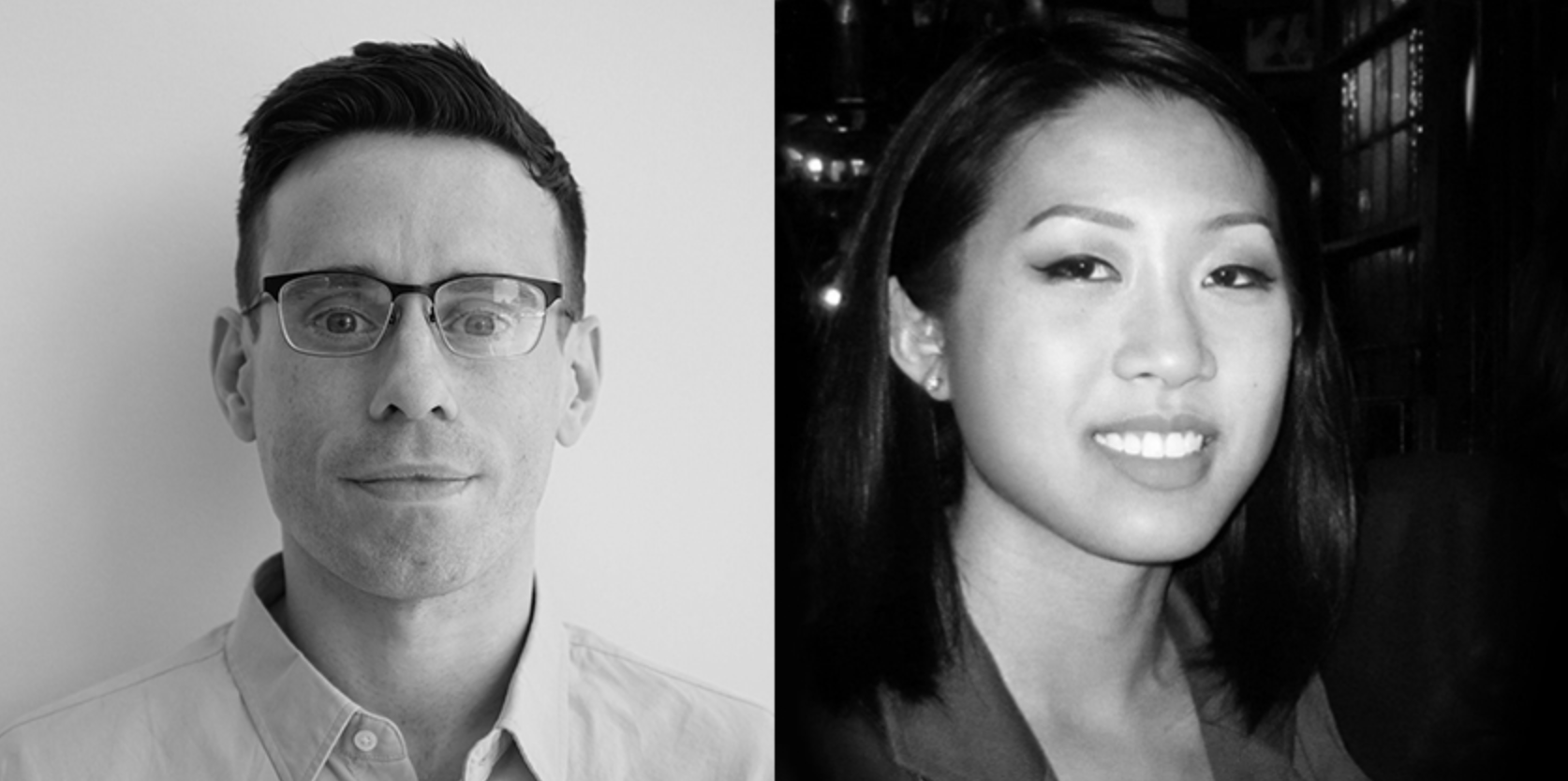
We participate in architecture vision competitions because of the above! It offers the unique chance to use architecture to uncover the potential of a site and program. Competitions allow us to escape from the ordinary settings and imagine something extraordinary.
Read full interview United States
United States
Jury feedback summary
The winning submission stands out as a potential icon of memory and hope for the city of Riga. It seamlessly weaves together the program into one coherent whole while reaching beyond its site to make a statement for the city, ultimately spreading its message and increasing interest more effectively. The scale of the monument is appropriate for the program, and thoughtfully bridges the smaller individual scale with a broader urban scale.
2nd Prize Winner
Secība
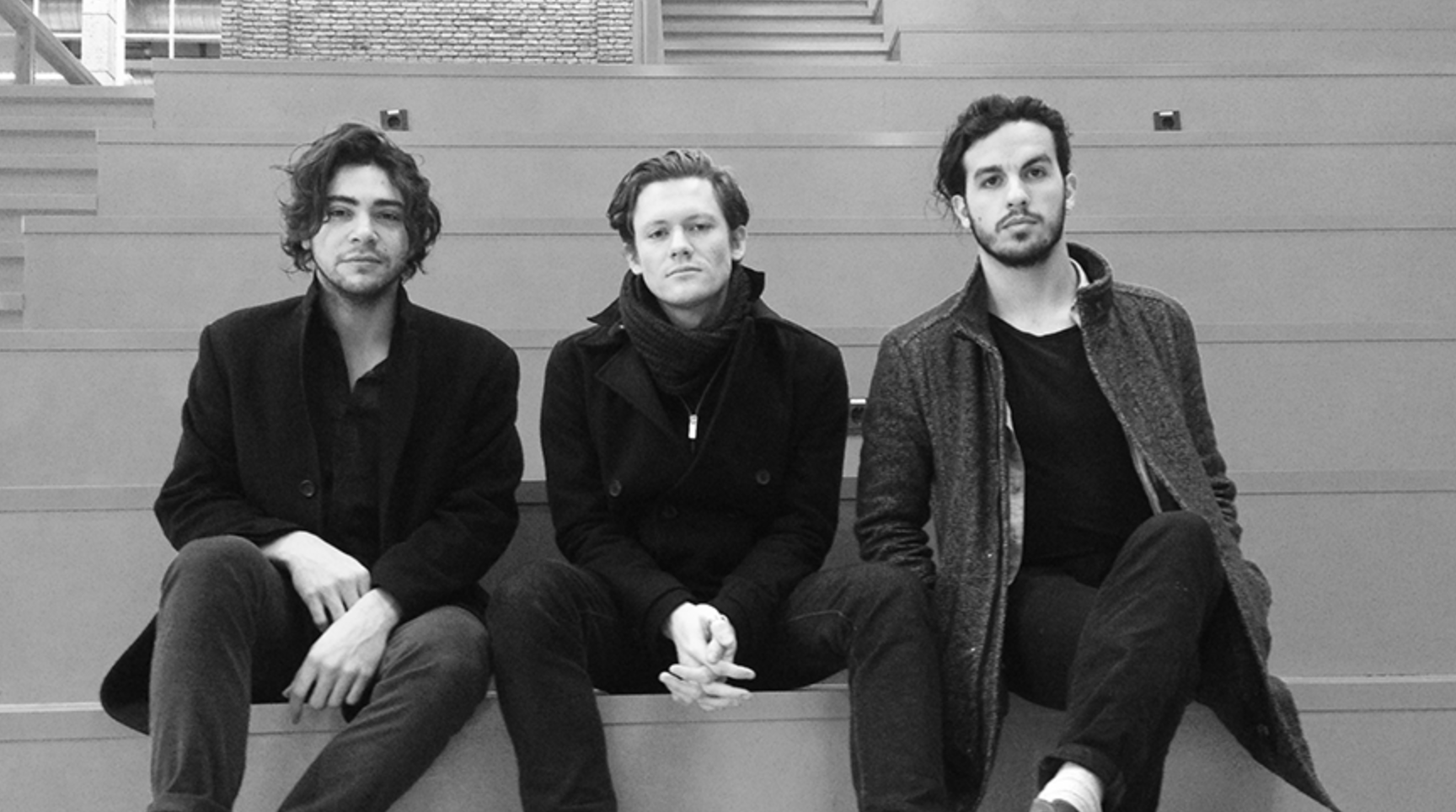
Certainly not because we have any free time! It has been very difficult to balance our course requirements with entering ideas competitions. Our course and the process of entering ideas competitions consists of extremely different pressures and constraints. We believe there can exist a healthy dialogue between the two when executed simultaneously. This can go some way to helping us overcome the never-ending issue of ‘too much study not enough practice' that dominates criticism of architectural education - working with real sites, constraints, budgets and briefs.
Read full interview Netherlands
Netherlands
Jury feedback summary
This project takes a simple proposal to create a unique and meditative environment that encourages personal reflection. Drawing upon the history of the Baltic Way, this memorial places a series of walls lined up across the site to represent the many people lined up throughout Latvia, Lithuania, and Estonia during the Baltic Way. The result is an environment that, in its rigid repetition, seeks to make an emotional impact on its visitors.
3rd Prize Winner
Baltic Way Memorial
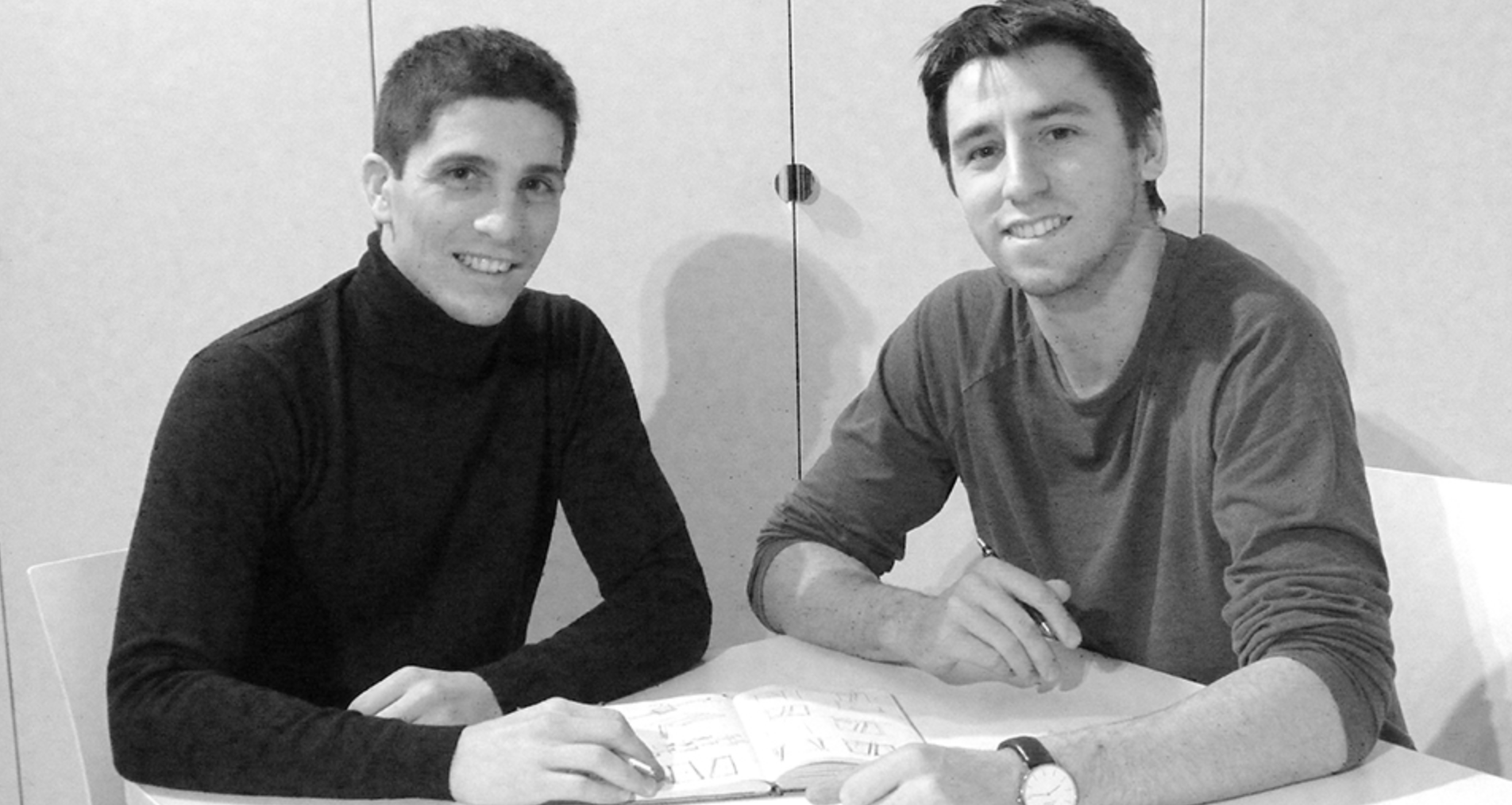
Architecture vision competitions give us the possibility to concentrate our attention on ideas, wishes and values of the projects, keeping alive the creativity.
Read full interview Switzerland
Switzerland
Jury feedback summary
This project succinctly conveys the power of the Baltic Way nonviolent protest by creating a linear path across the site to represent the full path of the 675 kilometer-long human chain. This is expressed with one block of marble for each of the 675 kilometers for the full route, periodically identifying various cities and state borders along the path.




